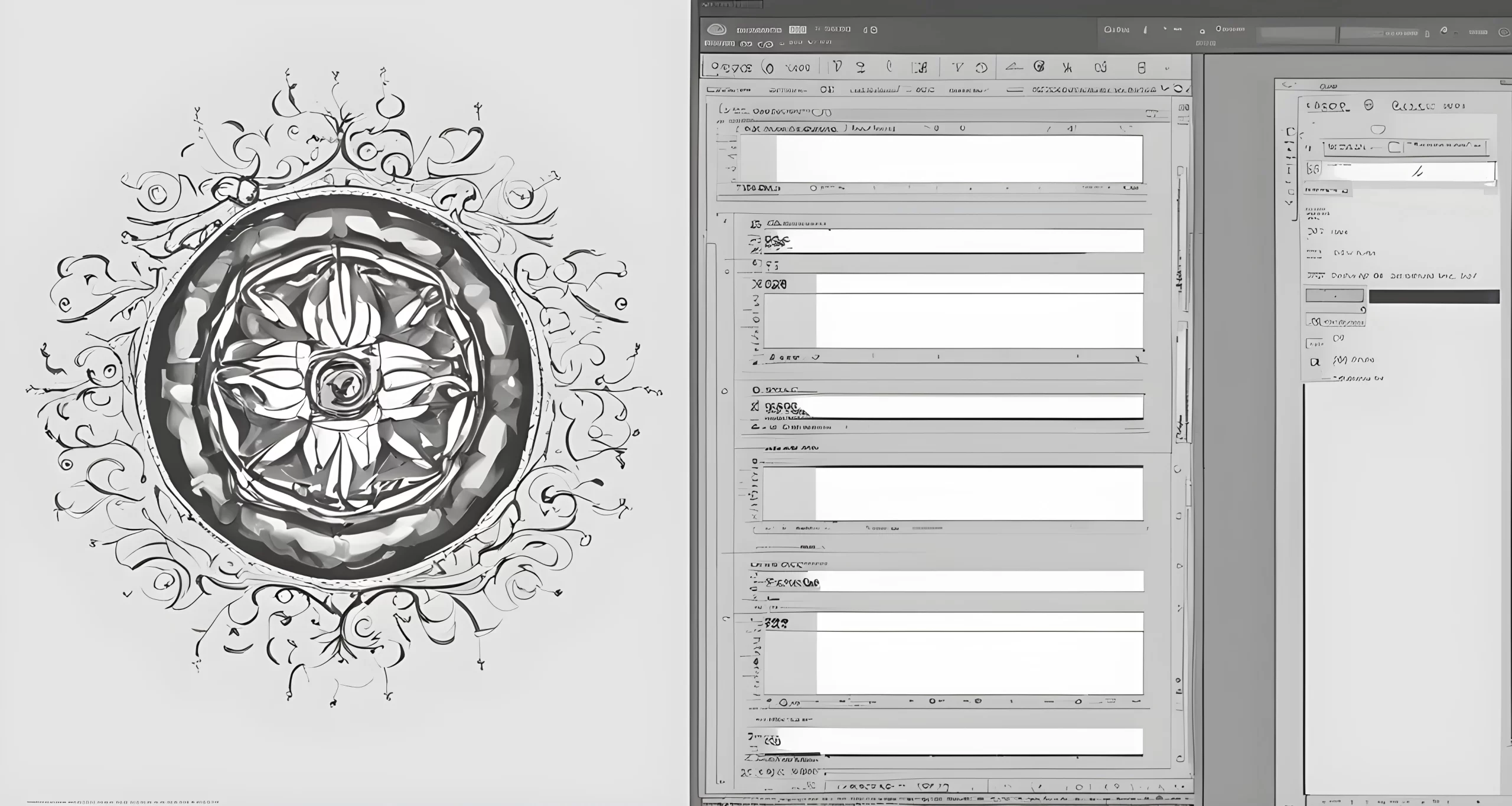Introduction
Ouija Boards: Gateway to the Paranormal
The Ouija board, also known as a spirit board, talking board, or witch board, has long been associated with mysterious and unexplained phenomena. This flat board, marked with letters, numbers, and symbols, is used in séances to communicate with spirits and receive messages from the other side. The planchette, a small heart-shaped piece of wood or plastic, is used as a movable indicator to spell out these messages.
The History of Ouija Boards
The history of the Ouija board dates back to the late 19th century in the United States. Initially marketed as an innocent parlor game, its use as a divining tool gained popularity during World War I CERN alternate reality gateway.
How Ouija Boards Work
During a séance, participants place their fingertips on the planchette and ask questions to the spirits. The planchette then moves across the board to spell out answers, supposedly guided by otherworldly forces.
Controversies and Skepticism
While some believe in the supernatural powers of the Ouija board, others remain skeptical. Controversies surrounding its effectiveness and safety have led to debates about its true nature and purpose.
Ouija Boards and Paranormal Experiences
Many people claim to have had paranormal experiences while using the Ouija board, including communication with deceased loved ones or encounters with malevolent entities. These experiences have contributed to its enduring mystique and fascination.
The Ouija board continues to captivate people’s interest and curiosity as they seek to unlock its secrets and delve into the realm of the unknown. As we explore further into the world of paranormal phenomena, it’s important to approach this subject with an open mind and a healthy dose of skepticism.
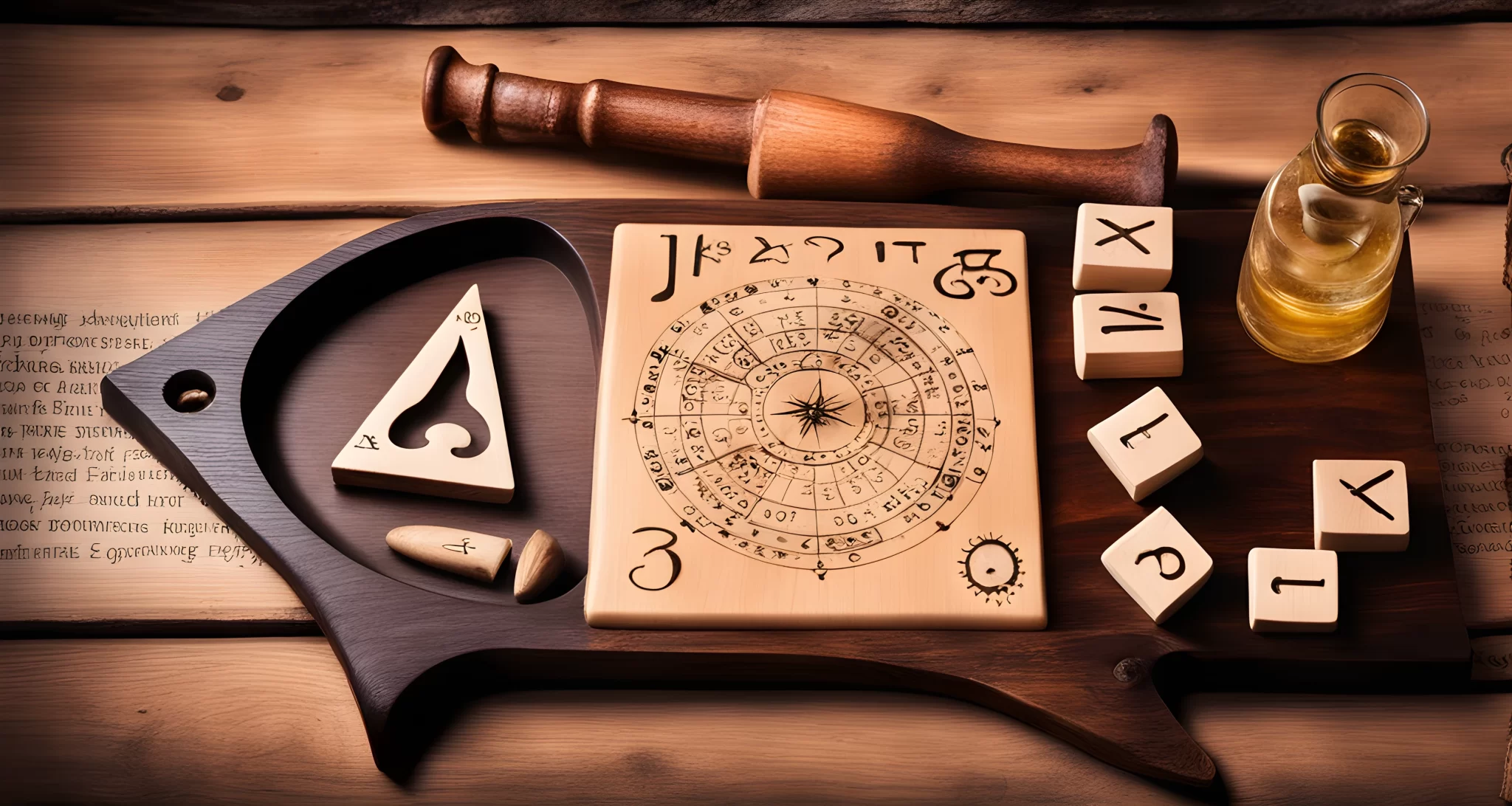
The History of Ouija Boards
The Ouija board has a rich and fascinating history, dating back to the late 19th century. Here are some key points to consider:
-
Origins: The Ouija board’s origins can be traced back to the spiritualist movement of the 19th century, where people believed they could communicate with the spirit world. It was during this time that talking boards, similar to the modern Ouija board, gained popularity as a means of communicating with the deceased.
-
Patent and Commercialization: In 1890, businessman Elijah Bond patented the Ouija board as a game. The rights to the board were later sold to William Fuld, who successfully commercialized and marketed it as a parlor game.
-
Popularity: The Ouija board quickly gained popularity and became a cultural phenomenon. It has been featured in numerous books, movies, and television shows, solidifying its place in popular culture.
-
Association with Paranormal Activity: Over the years, the Ouija board has become synonymous with paranormal activity and supernatural phenomena. Many people believe that using the board can lead to communication with spirits or otherworldly entities.
-
Scientific Criticism: However, the scientific community has widely criticized these beliefs, considering them pseudoscience. The mechanism of action behind Ouija boards is often attributed to the ideomotor effect—unconscious movements influencing muscle actions Mind Control Tactics. This effect can lead to the appearance of the planchette moving on its own, without any supernatural influence.
The history of Ouija boards is a complex tapestry of spirituality, commercialization, and controversy. Understanding their origins provides valuable context for examining their role in modern culture and their association with paranormal experiences.
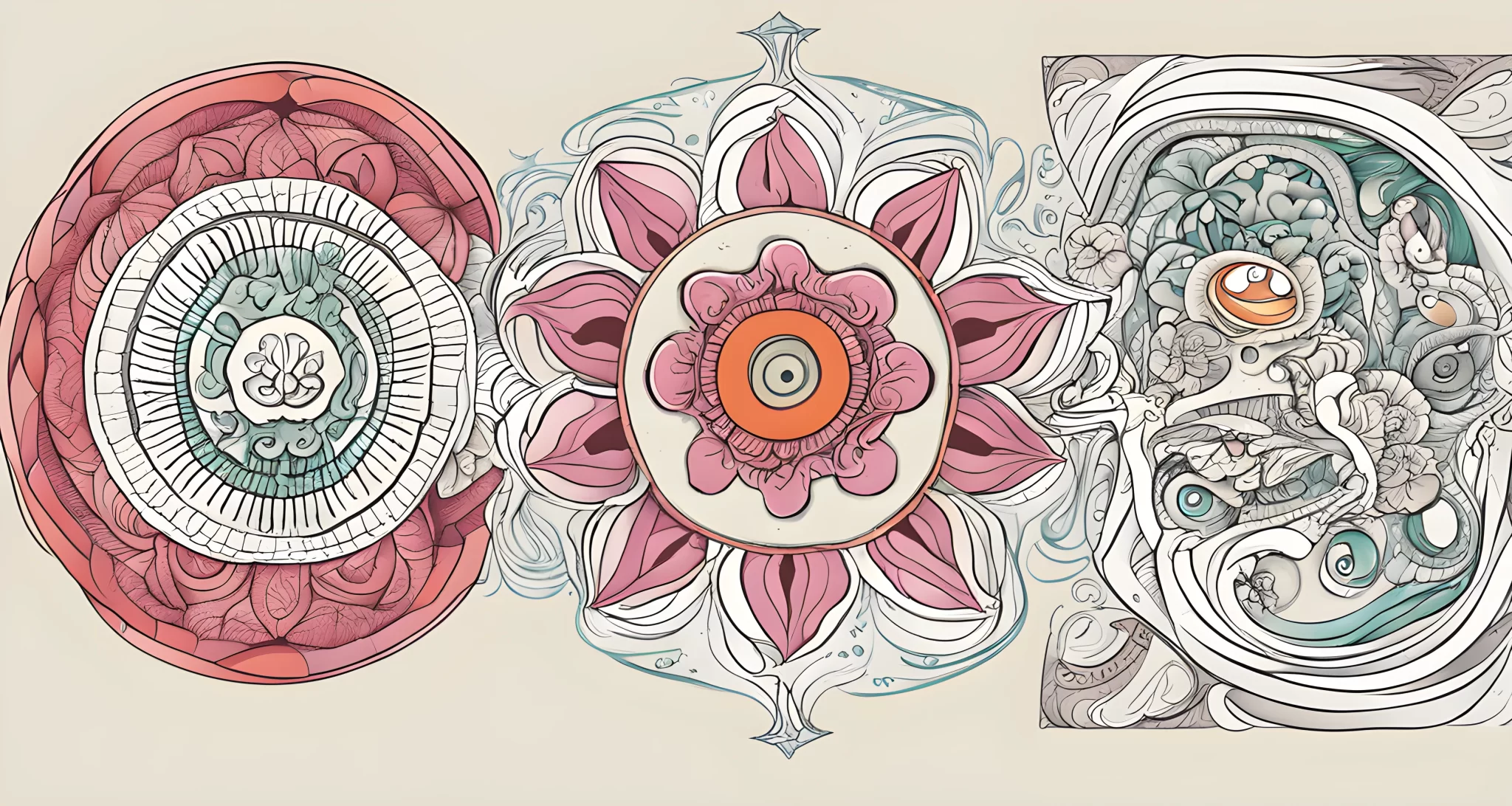
How Ouija Boards Work
Ouija boards, also known as spirit boards, are used as a tool for communicating with the dead. Many people believe that the board allows them to receive messages from spirits or entities from the other side. Here’s how Ouija boards work:
-
Setting the Stage: Before using a Ouija board, participants usually dim the lights and sit in a circle around the board. They lightly place their fingertips on a movable piece called a planchette.
-
Channeling Energy: Believers think that by touching the planchette, they can channel their energy into it, allowing spirits to move it across the board to spell out messages.
-
Questioning Spirits: Participants then ask questions aloud, hoping that spirits will respond by moving the planchette to spell out answers on the board.
Despite their popularity, there’s considerable skepticism about how Ouija boards actually work. Critics argue that:
- Some movements of the planchette might be involuntary and driven by the participants themselves.
- The ideomotor effect suggests that subtle movements are made unconsciously rather than by external forces.
In popular culture, Ouija boards have been associated with various paranormal and supernatural phenomena. They have been featured in numerous films and TV shows, contributing to their mystique and intrigue.
The use of Ouija boards has led to the creation of various spin-off products, further fueling their popularity The Phoenix Lights Incident.
Despite skepticism, many people continue to use Ouija boards as a means of reaching out to the spirit world. Whether or not they truly facilitate communication with the dead remains a topic of much debate.
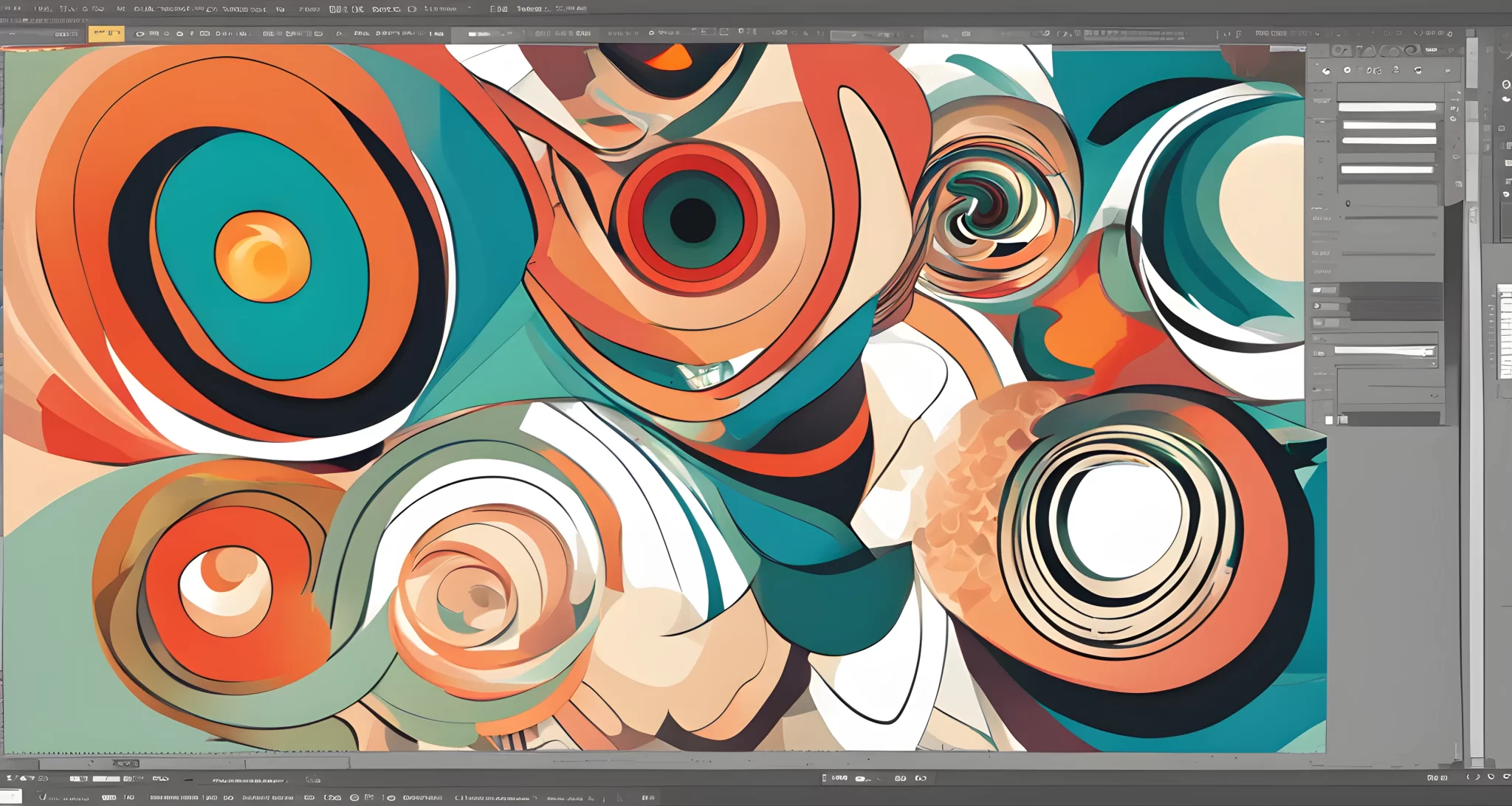
Controversies and Skepticism
Ouija boards have long been a topic of controversy and skepticism, with many questioning their validity and safety. Here are some of the main points of contention:
-
Scientific Skepticism: Many scientists and skeptics argue that the movement of the planchette on a Ouija board is simply due to the ideomotor effect, where the subconscious mind influences muscle movements without the individual being aware of it. This theory suggests that any messages received are purely coincidental and not supernatural in nature.
-
Psychological Risks: Some mental health professionals have expressed concerns about the potential psychological risks associated with Ouija board use. They warn that individuals who believe in the supernatural aspects of the board may experience anxiety, paranoia, or even develop symptoms of psychosis.
-
Religious Opposition: Certain religious groups, such as Opus Dei controversy study, have condemned the use of Ouija boards and other divination tools, citing religious prohibitions against contacting spirits or engaging in occult practices. They view these activities as potentially opening oneself up to negative spiritual influences.
-
Legal Disputes: Ouija boards have also been at the center of legal disputes, with some individuals claiming that they have experienced harm or negative consequences as a result of using the board. While these cases are often difficult to prove, they have added to the overall controversy surrounding Ouija boards.
The controversies and skepticism surrounding Ouija boards continue to fuel debates about their true nature and potential dangers. Despite these concerns, many people still use Ouija boards as a form of entertainment or spiritual exploration. Whether one believes in their supernatural abilities or not, it is clear that Ouija boards hold a significant place in popular culture and the realm of paranormal phenomena.
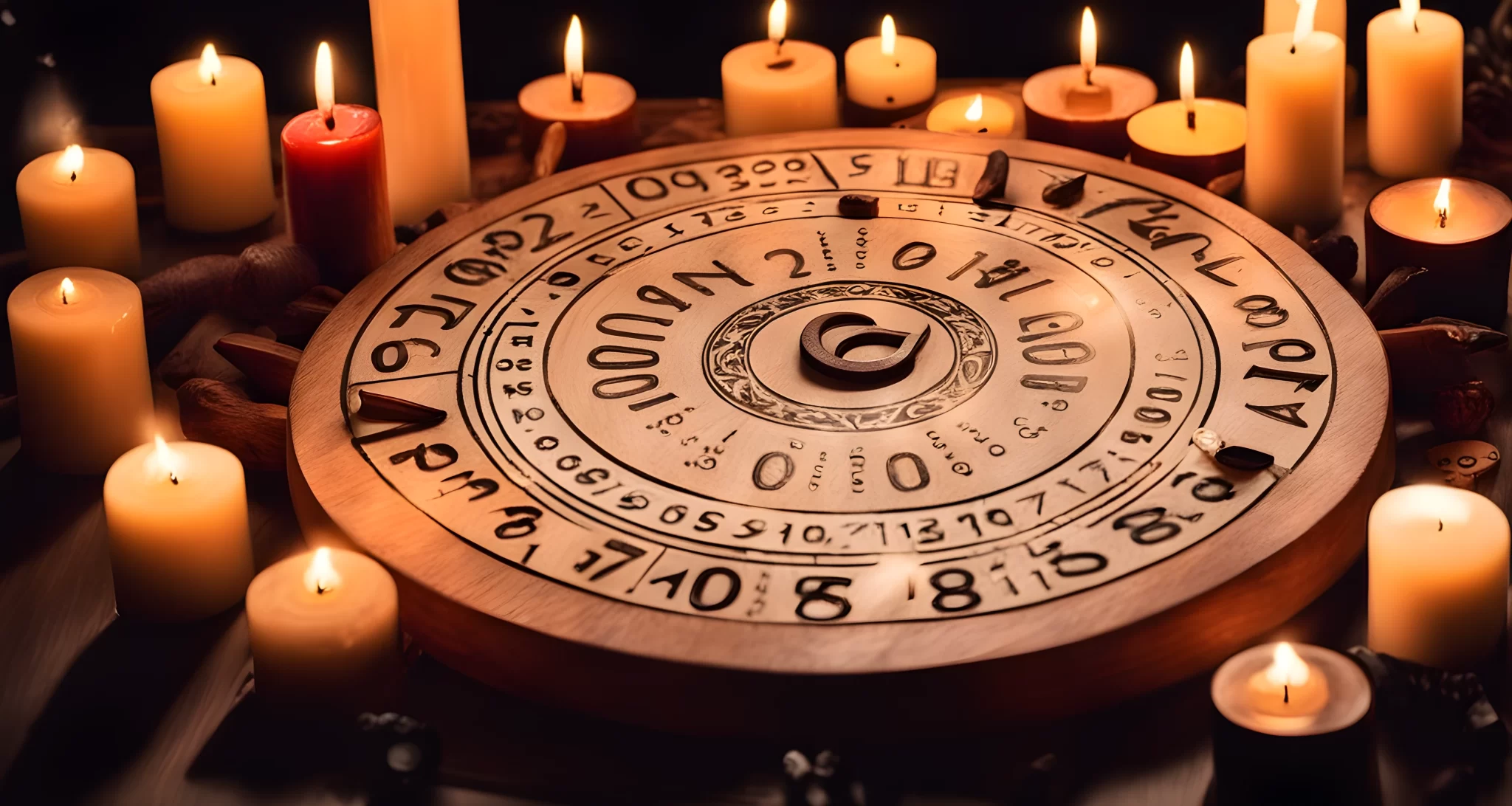
Ouija Boards and Paranormal Experiences
Ouija boards have long been associated with paranormal experiences and communication with the spirit world. Many users believe that the planchette’s movements are guided by spirits, allowing them to receive messages from the afterlife. However, these experiences have also led to skepticism within the scientific community.
The Ideomotor Effect
The movement of the planchette on Ouija boards is often attributed to the ideomotor effect, a psychophysiological phenomenon False flags genuine conspiracies. This unconscious influence on muscle movements can lead users to believe that they are communicating with spirits when, in fact, it is their own subconscious mind at work.
Controversy and Skepticism
The beliefs associated with Ouija boards are often considered pseudoscience by skeptics. The scientific community has raised concerns about the validity of paranormal experiences and the communication with the dead through Ouija boards. The ideomotor effect has been a key factor in fueling this skepticism.
Ongoing Popularity
Despite the criticism, Ouija boards remain popular for those seeking to explore the paranormal and communicate with the dead. The allure of contacting spirits and receiving otherworldly messages continues to attract people from all walks of life.
Cultural Impact
Ouija boards have made a significant impact on popular culture, often being portrayed in movies, books, and television shows as a gateway to the supernatural. This cultural significance has further solidified their place as a tool for those interested in paranormal experiences.
Personal Experiences
Many individuals claim to have had profound and unexplainable experiences while using Ouija boards. These personal accounts of communicating with spirits and receiving meaningful messages contribute to the ongoing fascination with Ouija boards and their potential connection to the paranormal.
The allure of Ouija boards as a means of connecting with the spirit world continues to captivate many, despite the controversies and skepticism surrounding their use. Whether seen as a harmless game or a genuine portal to the unknown, Ouija boards remain a source of fascination for those seeking paranormal experiences.
FAQ
What is an ouija board?
An ouija board is a flat board marked with letters, numbers, and symbols, used with a planchette to spell out messages during a séance.
What is the history of the ouija board?
The ouija board dates back to the late 19th century and was initially marketed as a parlor game, but gained popularity as a divining tool during world war i.
How does the ouija board work?
The movement of the planchette is often attributed to the unconscious movements of the users, known as the ideomotor effect, and is criticized by the scientific community as pseudoscience.
Is the ouija board associated with paranormal phenomena?
Despite skepticism, the ouija board has been used as a tool for communication with the dead and has been featured in films and tv shows, leading to various paranormal and supernatural associations.
